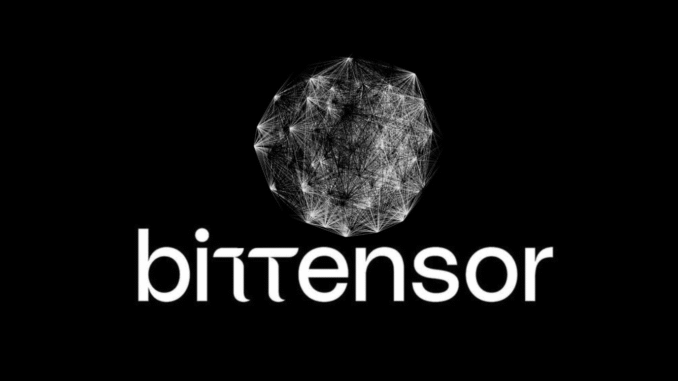
Bittensor’s mainnet has rolled out a new upgrade, reshaping how incentives, rewards, and security operate across the network. The changes affect validators, miners, and subnet owners, with an eye toward long-term sustainability.
Key ecosystem upgrades include:
1. Child Hotkey Incentives
The child hotkey system was originally introduced as a security feature. Over time, it has become the dominant way validators operate across the network. While effective, this structure created a “free lunch” dynamic: routing rewards between parent and child hotkeys owned by different coldkeys could generate value without adding real validation power.
To realign incentives toward genuine hardware contribution, the protocol has introduced a network-wide tax mechanism:
a. Whenever validator rewards are routed from a parent to a child hotkey under different owners, a cut is recycled back into the network.
b. The current target rate is 18%, with implementation staged over time. It was pushed live on September 10 at an initial 1% rate, and a 30-day grace period follows. Through the period, starting from October 10, the tax will rise by 1% per day until reaching 18% on October 26.
c. Importantly, the tax is not applied when validators’ childkey to themselves.
The aim is clear: reward authentic validation, not routing games.
2. Miner Rewards Auto-Stake
For miners, a new auto-staking feature simplifies how rewards are managed. Instead of manually compounding earnings into stake, miners can now route rewards directly into their chosen validator.
Benefits include:
a. Reduced friction from manual transactions
b. Default compounding for higher efficiency
c. Stickier delegation that strengthens validator–miner alignment
This functionally automates one of the network’s core mechanics, making Bittensor smoother to operate for miners at scale.
3. Neuron Registration Guardrails
Subnet owners now gain new levers to manage neuron registration fees. The upgrade allows them to configure burn fees with safety guardrails—ensuring balance between openness and security.
The intent is twofold: to prevent spam churn from zero-cost registration floods and block anti-competitive fee walls that could keep smaller participants out
By introducing guardrails, the network maintains stability in emissions and performance while keeping entry fair and flexible.
The Bigger Picture
This upgrade reflects a consistent pattern across Bittensor’s evolution: aligning incentives with authentic contribution, removing structural inefficiencies, and giving subnet operators more autonomy with accountability.
From validator taxation to miner auto-staking and subnet guardrails, the common thread is one of durable design—ensuring the network’s economic engine remains pointed at genuine value creation.
Useful Resources
Access the full upgrades via Bittensor’s GitHub

Be the first to comment